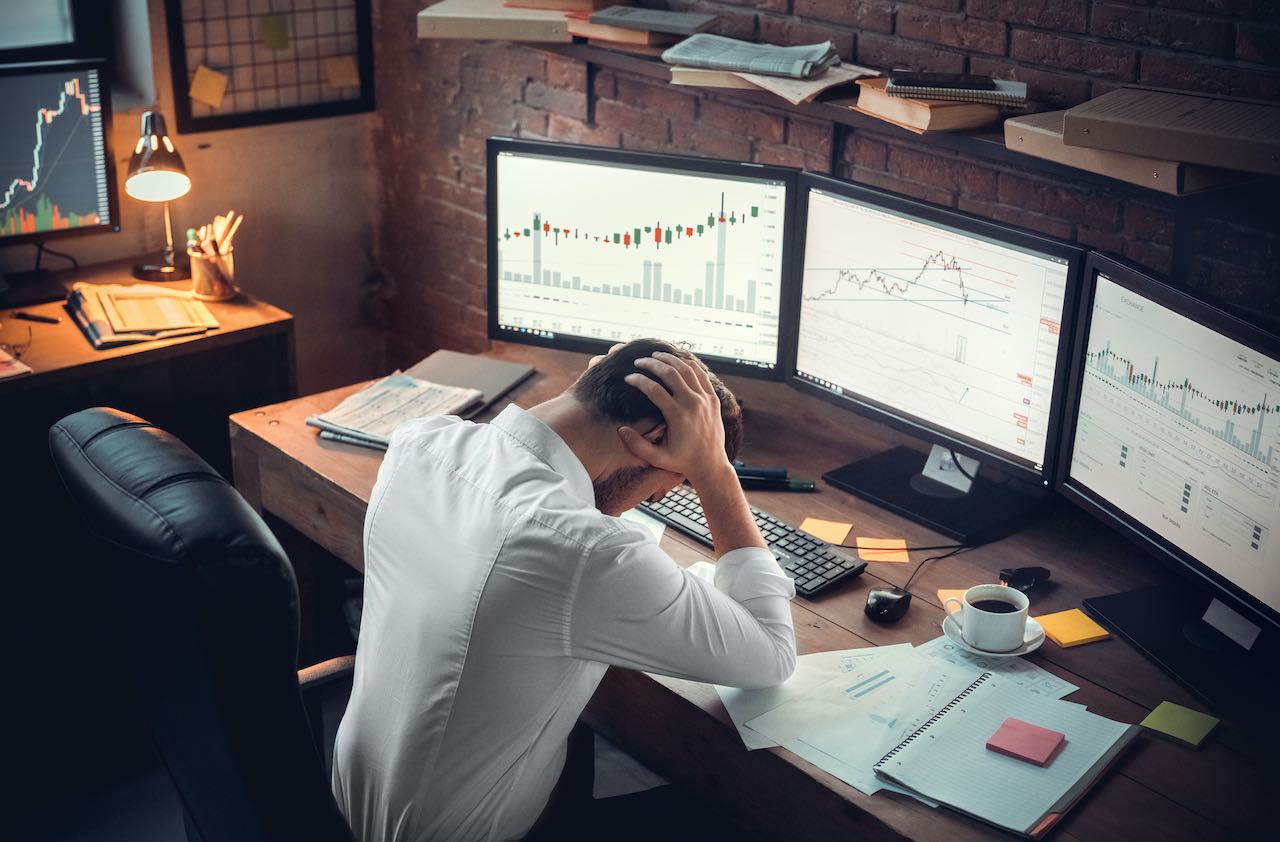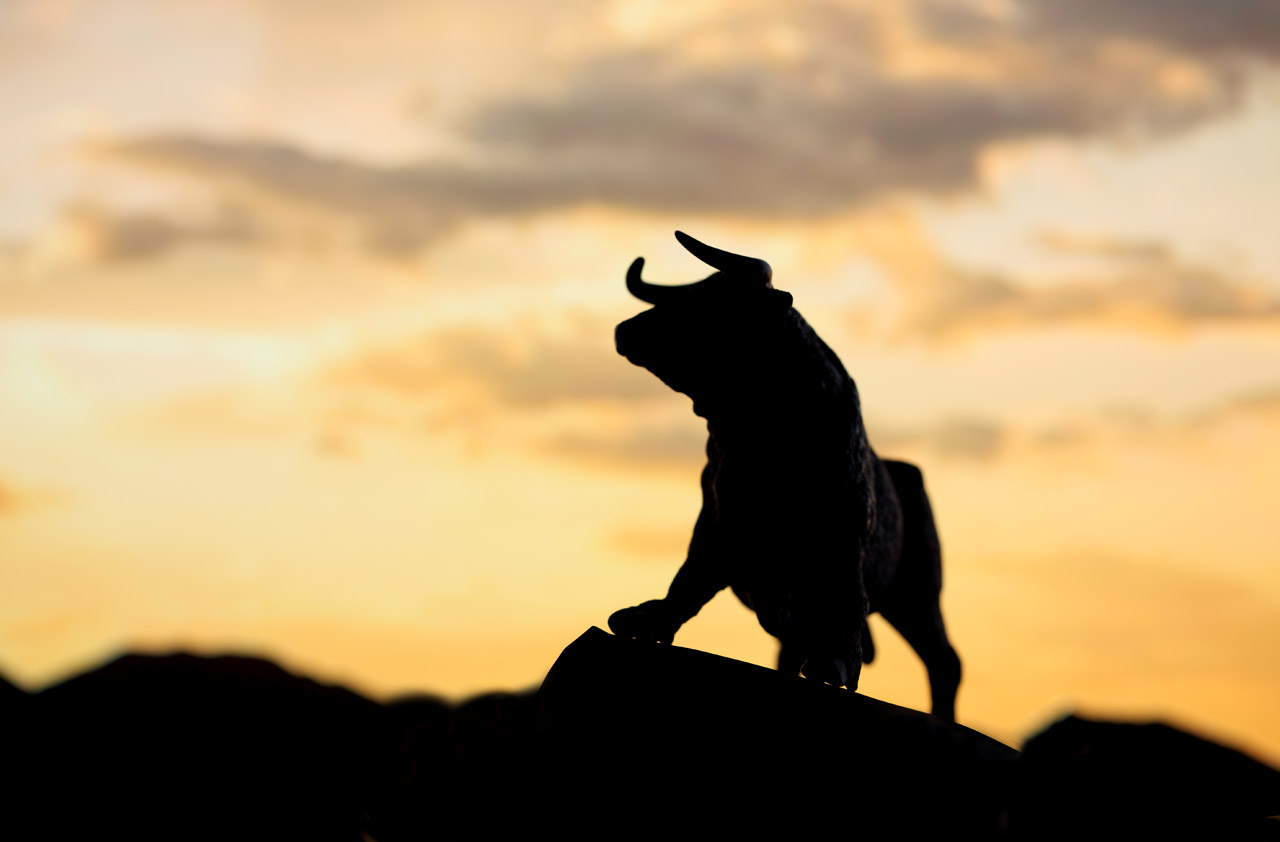Buy and Hold Worked -- It Just Took A While
The most time-tested strategies for investing have returned from the dead. What now?

Staying invested in stocks through the catastrophic bear market took superhuman nerves, but buy-and-hold investing has just about been vindicated. Ditto for the practice of picking stocks one at a time through fundamental analysis rather than relying on big-picture analysis.
After Standard & Poor’s 500-stock index plunged 55% from October 9, 2007, through March 9, 2009, countless experts declared the death of buy-and-hold investing. Many of the stock funds that Kiplinger’s Personal Finance had recommended for years -- those whose managers bought good stocks and pretty much ignored broad economic trends -- lost even more than the index.
During the bear market -- the worst since the Great Depression -- some stocks went to zero because the entire economy nearly collapsed. “The macroeconomic environment dominated everything in 2008,” the managers of Longleaf Partners Fund (symbol LLPFX) noted in a recent letter to shareholders. Focusing on individual stocks “seemed practically irrelevant,” they added.
From just $107.88 $24.99 for Kiplinger Personal Finance
Become a smarter, better informed investor. Subscribe from just $107.88 $24.99, plus get up to 4 Special Issues

Sign up for Kiplinger’s Free Newsletters
Profit and prosper with the best of expert advice on investing, taxes, retirement, personal finance and more - straight to your e-mail.
Profit and prosper with the best of expert advice - straight to your e-mail.
Critics of buy-and-hold investing had a field day. Ignoring the macro picture was obviously a loser’s game, they said. To profit from the markets, managers had to spot economic tsunamis when they were still beyond the horizon. Then they had to time their moves in and out of the entire stock market accordingly. Managing money any other way, they said, seemed like sheer lunacy.
But the stock market’s rebound over the past year has been every bit as riveting as the downfall. From the time the S&P 500 hit bottom through April 9, it soared 81%. Many of the funds that suffered the greatest damage during the selloff have produced the most-spectacular advances during the bull market.
Take Bill Miller, the manager of Legg Mason Value (LMVTX), which beat the S&P 500 a record 15 consecutive years through 2006. The defining characteristic of Miller’s success was to never stop buying a falling stock as long as he believed the underlying company was fundamentally sound.
That was a terrible strategy during the bear market. Legg Mason Value plunged 72%. Legg Mason Opportunity (LMOPX), which I had recommended, tumbled 81%. But since the market bottomed through April 9, Value has rocketed 114%, and Opportunity has gained a spectacular 239%.
The two funds’ cumulative returns from the start of the bear market remain negative. Morningstar computes that Value is still 40% in the red and Opportunity is 35% in the hole. But they’ve made back a ton.
In general, fund categories that lost the most in the bear market have gained the most in the bull market, Morningstar says. Large-company growth funds, on average, lost only 52% during the bear market and have rebounded only 76%. Small-company value funds lost 58% but have recouped 120%.
Over the entire period, it didn’t matter much which types of funds you bought or sold -- so long as you stayed in stocks. For instance, large-company growth funds, on average, are now down just 16% for the entire period, and small-company value funds are down just 10%.
Yes, you would have been better off if you had sold at the market’s October 2007 peak, but how many of you actually did so? And if you did sell, did you return to stocks before the market bottomed? Did you come back after the rally began? If so, how much of it did you miss? Are you still sitting on the sidelines? The point is, buy-and-hold investing requires just one decision. Anything else involves multiple moves.
Was 2008 an anomaly?
Longleaf Partners Fund, run by highly respected stock pickers, lost 65% in the bear market, then rebounded 110%. Shareholders peppered the managers with questions after the 2008 debacle. “Interestingly,” Longleaf noted in its shareholder letter, “we have not been asked about ‘the lessons of 2009.’ ”
The managers raise a critical question. Was 2008 an anomaly? Was it a once-in-a-generation event? Should we all go back to picking stocks and funds the old-fashioned way? Or will the stock market be unusually volatile, rising and falling largely because of big-picture developments for years to come?
(Quick side note: In April 2008, about six months after the start of the bear market but long before the worst of the meltdown, I recommended Six Stocks to Buy and Hold, calling them “safe bets for the next ten years.” Curious how they have performed? The recommendations, from Elliott Schlang’s Great Lakes Review, have returned an average of 1% since my column’s publication -- thanks partly to the fact that four of the six pay dividends. Alberto-Culver (ACV) rose 0.2% and trades now at $27.39; Ansys, Inc. (ANSS) is up 20.4% and sells at $43.96; AptarGroup (ATR) gained 5.1% and trades at $41.15; Dentsply International, Inc. (XRAY) dipped 11.3% and trades at $34.86; Stericycle, Inc. (SRCL) gained 3.4% and trades at $55.81; and Stryker (SYK) lost 11.7% and sells for $57.18. Great Lakes currently recommends buying or gradually accumulating all but two of them. Those two, Dentsply and Ansys, are rated hold strictly on valuation. When their prices dip or their earnings rise, they’ll be buys again, too.)
Longleaf’s managers believe 2008 was the exception. “Bottoms-up, fundamental company analysis matters quite a bit,” they wrote. “We should not abandon lessons from [Benjamin] Graham, [Warren] Buffett and our 35 years to become macro-driven ‘generals-fighting-the-last-war.’”
Today’s market faces big economic risks. Greek bonds and, indeed, the whole structure of the euro are being called into question. The U.S. suffers from high unemployment and huge debt problems. China is struggling with a real estate bubble and inflation. Will one of these, or another unforeseen crisis, again overwhelm buy-and-hold investing and fundamental stock analysis?
My hunch is that they won’t. I think a cataclysm like the one we experienced in 2008 is a rare event. But the definitive answer will come only with time. Meanwhile, thankfully, most of the losses from the panic of 2008 are history.
Steven T. Goldberg is an investment adviser.
Profit and prosper with the best of Kiplinger's advice on investing, taxes, retirement, personal finance and much more. Delivered daily. Enter your email in the box and click Sign Me Up.

-
 Dow Adds 646 Points, Hits New Highs: Stock Market Today
Dow Adds 646 Points, Hits New Highs: Stock Market TodayIt was "boom" for the Dow but "bust" for the Nasdaq following a December Fed meeting that was less hawkish than expected.
-
 5 Types of Gifts the IRS Won’t Tax: Even If They’re Big
5 Types of Gifts the IRS Won’t Tax: Even If They’re BigGift Tax Several categories of gifts don’t count toward annual gift tax limits. Here's what you need to know.
-
 The 'Scrooge' Strategy: How to Turn Your Old Junk Into a Tax Deduction
The 'Scrooge' Strategy: How to Turn Your Old Junk Into a Tax DeductionTax Deductions We break down the IRS rules for non-cash charitable contributions. Plus, here's a handy checklist before you donate to charity this year.
-
 ESG Gives Russia the Cold Shoulder, Too
ESG Gives Russia the Cold Shoulder, TooESG MSCI jumped on the Russia dogpile this week, reducing the country's ESG government rating to the lowest possible level.
-
 Morningstar Fund Ratings Adopt a Stricter Curve
Morningstar Fund Ratings Adopt a Stricter Curveinvesting Morningstar is in the middle of revamping its fund analysts' methodology. Can they beat the indices?
-
 Market Timing: The Importance of Doing Nothing
Market Timing: The Importance of Doing NothingInvestor Psychology Investors, as a whole, actually earn less than the funds that they invest in. Here’s how to avoid that fate.
-
 Commission-Free Trades: A Bad Deal for Investors
Commission-Free Trades: A Bad Deal for Investorsinvesting Four of the biggest online brokers just cut their commissions to $0 per transaction. Be careful, or you could be a big loser.
-
 Vanguard Dividend Growth Reopens. Enter at Will.
Vanguard Dividend Growth Reopens. Enter at Will.investing Why you should consider investing in this terrific fund now.
-
 Health Care Stocks: Buy Them While They're Down
Health Care Stocks: Buy Them While They're Downinvesting Why this sector should outperform for years to come
-
 Buy Marijuana Stocks Now? You'd Have to Be Stoned.
Buy Marijuana Stocks Now? You'd Have to Be Stoned.stocks Don't let your investment dollars go to pot
-
 4 Valuable Lessons From the 10-Year Bull Market
4 Valuable Lessons From the 10-Year Bull MarketInvestor Psychology Anything can happen next, so you must be mentally prepared.